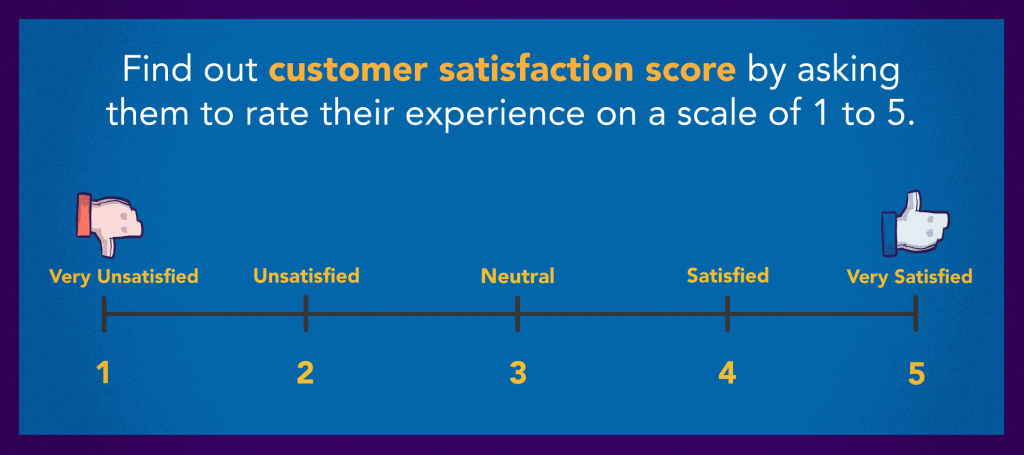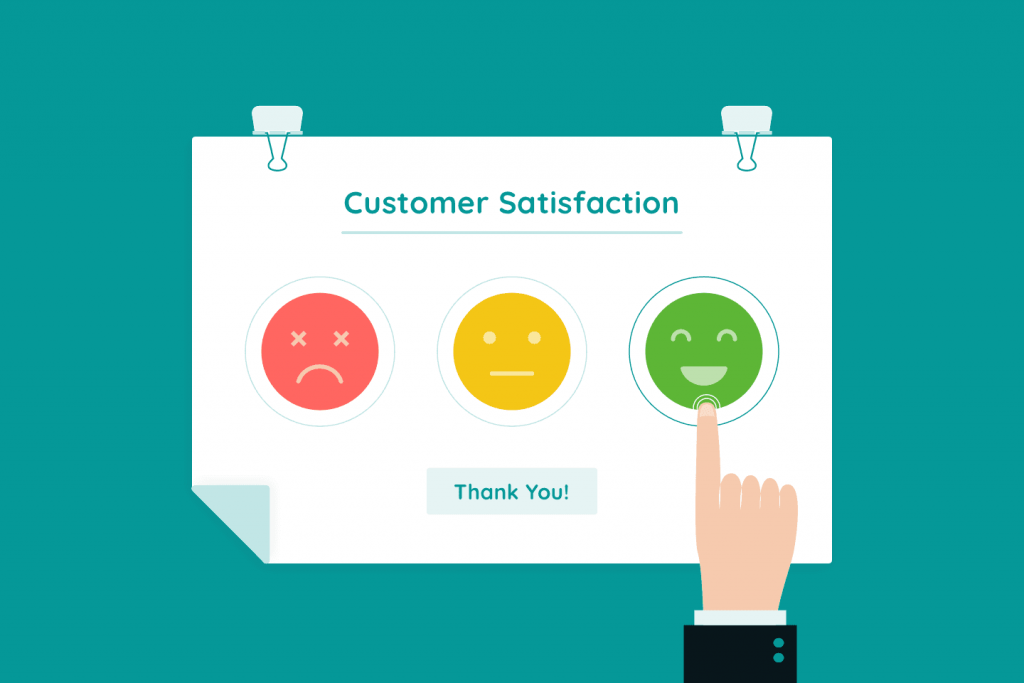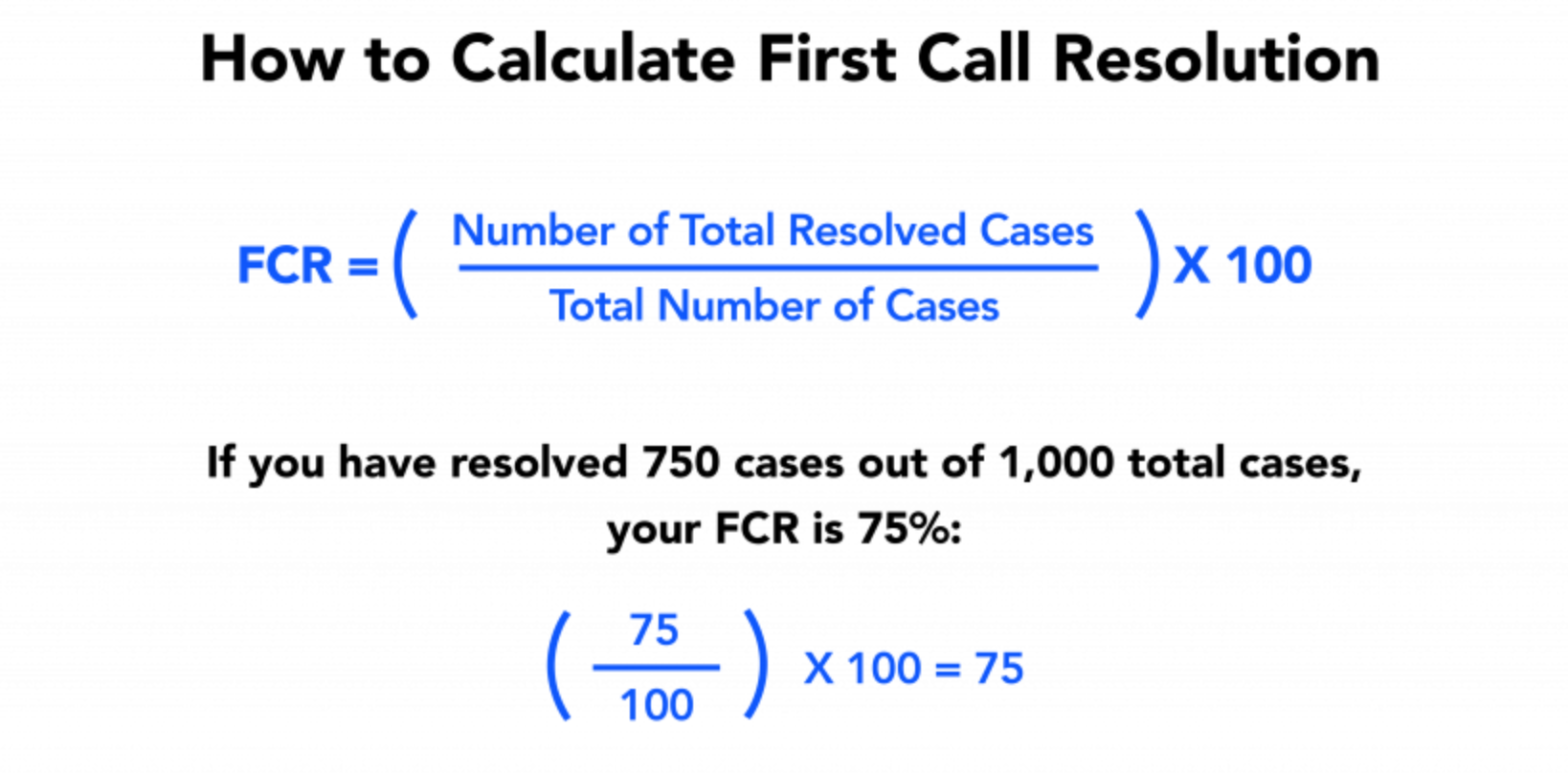July 14, 2025 • 12 min read
Top Customer Experience KPIs to Track in 2025

Content Writer
July 14, 2025

Standout customer service isn’t just good for business, it’s your competitive edge and main differentiator. We exist in a market where products and pricing can be replicated overnight, how you treat your customers is what sets you apart from the competition. Great CX is not guesswork, you need hard data, clear signals, and KPIs to help cut through the noise.
Customer experience KPIs grant you visibility into what’s working, what’s broken, and where to invest tomorrow. Whether it’s digital behavior or emotional sentiment, these KPIs are the benchmarks that tie customer satisfaction to your bottom line results and they are non-negotiable if long-term growth is your prerogative.
What Are Customer Experience KPIs?
Customer experience KPIs are tools that help businesses gauge how customers feel, behave, and respond across each touchpoint. While CX metrics explain the “what” in your equation, KPIs give you the “why”: insights to shape your strategy, improve services, and directly impact revenue.
CX KPIs tie customer sentiment, loyalty, and behavior to growth opportunities. Whereas, metrics track activity where KPIs track progress towards mission critical business goals. If you’re remotely serious about transforming your customer experience into your competitive advantage, these CX KPIs are your guiding north star, cornerstones to spotlight friction, flag opportunities, and ensure your team works smarter (not just harder).
Core Customer Sentiment KPIs
Customer sentiment is how your customers actually feel about your brand, your product offerings, and their experience. It is a squishier and subjective matter, but when measured right, it is the clearest vantage point into customer loyalty, advocacy, and churn risk.
Qualifying your emotional feedback allows you to track satisfaction, cut down friction, and establish a brand people actually love (and stay with). Below are four sentiment KPIs every CX leader should keep a pulse on.

Net Promoter Score (NPS)
Net promoter score measures how likely a customer is to recommend your brand to others, usually on a scale from 0-10. It is the paramount loyalty metric and your best predictor for future growth. Studies show that companies with industry-leading NPS scores grow more than twice as fast as rivals.[*]
Here’s how to calculate it:
NPS = % of promoters (9-10) - % of detractors (0-6)

Customer Satisfaction Score (CSAT)
CSAT scores are all about gauging customer satisfaction right after a specific interaction, these are normally conducted via quick surveys on a 5-point scale. According to research, higher CSAT scores are tied to better retention and repeat services.[*]
Here’s how to calculate a CSAT score:
CSAT = (Number of satisfied customers / Total responses) × 100
(Satisfied meaning responses of 4 or 5 on a 5-point scale)
Customer Effort Score (CES)
A customer effort score (CES) measures how easy or how hard it was for your customer to get a problem solved or to complete a necessary task. Gartner says that reducing your customer effort score is one of the leading predictors for loyalty within the customer base, they say it is 40% more accurate as opposed to CSAT.[*]
Here’s how to calculate a CES score:
CES = Average your scores from survey responses (typically on a 1-7 scale, an average of 5 or 6 and higher is ideal)
Customer Emotional Intensity
Customer emotional intensity is a more qualitative metric measuring the strength (not just the direction) of how your customers feel towards your products (think love, disappointment, and frustration). Emotional intensity tends to influence the way viral word-of-mouth and churn touch your company. Highly emotional customers are likely to take action against or for your brand.[*]
How to calculate Customer Emotional Intensity varies:
Oftentimes it is derived from sentiment analysis tools or NLP models that take apart and account for text tone and keywords through chats, social media, and reviews.
Retention & Loyalty KPIs
Retention and loyalty KPIs track how well you’re turning satisfied customers into long-term, repeat buyers. These KPIs measure whether customers stick around, how often they return, and how much value they deliver over time.
Customer Retention Rate
Customer retention rates take the percentage of customers who continue to use your service or product over a set period of time. Just increasing this metric by 5% can lead to profit increases anywhere from 25 to 95% pending on industry.[*]
Here’s how to calculate Customer Retention Rate:
Retention Rate = ((E − N) / S) × 100
(E = end-period customers, N = new customers, S = starting customers)

Customer Churn Rate
Customer churn rate on the other hand calculates the percentage of customers who stop doing business with you over a set period of time (most known as churn). Having high churn is a critical CX red flag, often meaning poor onboarding, weak value delivery, or some unaddressed friction point that causes customers to leave. 73% of customers say they will switch to a competitor after a bad experience.[*]
Here’s how to calculate Customer Churn Rate:
Churn Rate = (Customers lost during set period / Total customers at start) × 100
Customer Lifetime Value (CLTV)
Customer Lifetime Value (CLTV) is the projected net revenue from a single customer over the lifetime of their relationship to your company. CLTV can help you determine how much you can afford to spend on acquisition efforts and signals when retention is the best strategy. Research shows that customer acquisition costs average anywhere from $127 to $462 pending on industry.[*]
Here’s how to calculate CLTV:
CLTV = Average Purchase Value × Purchase Frequency × Customer Lifespan
Customer Support & Resolution KPIs
Customer support is a major brand experience touchpoint, it’s not all about solving tickets or just slogging through inquiries. The following KPIs underscore where your team is meeting expectations in the moments that matter the most to customers after the sale is made.
First Response Time
First Response Time is the average time it takes your support agent to respond to a customer’s initial outreach or inquiry. 90% of customers say that an immediate response is “very important” as speed signals care and a brand’s commitment to better service.[*]
Here’s how to calculate First Response Time:
First Response Time = Total time to first response / Number of inquiries
Average Resolution Time
Average Resolution Time is how long it takes (on average) to fully take on and resolve a customer’s issue. Long waits lead to more frustration. Shorter resolution times are trust fortifiers and eventually work to reduce ticket volumes over time, saving your customers and teams time.
Here’s how to calculate Average Resolution Time:
Average Resolution Time = Total resolution time / Number of resolved cases

First Contact Resolution (FCR)
First Contact Resolution (FCR) is the percentage of issues taken on and resolved during the very first interaction between the customer and your agents. A high FCR speaks to fewer touchpoints, cut costs, and happier customers. A trifecta that leads to retention, resolution, and revenue.
Here’s how to calculate First Contact Resolution (FCR):
FCR = (Cases resolved on first contact / Total cases) × 100
Chat Wait Time
Chat wait time is the average waiting time a customer spends in a live chat queue before getting their very first response. Real-time support is not actually real-time when you’re making people wait longer than 10 minutes to be seen. 63% of customers prefer live chat, 40% of customers are annoyed by long wait times on the phone, and 52% of customers want queries solved within 24 hours.[*] Do not drop the ball by making them wait.
Here’s how to calculate Chat Wait Time:
FCR = (Cases resolved on first contact / Total cases) × 100
Acquisition & Conversion KPIs
Acquisition and conversion metrics track how efficiently your business attracts new users and converts them into paying customers. They help quantify the performance of your marketing, sales, and onboarding efforts.
Customer Acquisition Cost (CAC)
Customer Acquisition Cost (CAC) is how much it actually costs to acquire a new customer. CAC signals whether your growth is sustainable or you’re bleeding cash. CAC varies across industry going as low on average as $86 in eCommerce to as much as $1143 in the higher education and college spaces.[*]
Here’s how to calculate Customer Acquisition Cost (CAC):
CAC = Total marketing and sales costs / Number of new customers acquired
Conversion Rate
Conversion Rate is the percentage of users who take up a desired action and do it to completion (think of signing up for an account or the newsletter or even finishing a purchase).
Here’s how to calculate Conversion Rate:
Conversion Rate = (Conversions / Total visitors) × 100
Trial-to-Paid Conversion Rate
Trial-to-Paid Conversion Rate tracks the percentage of users who convert from a free trial of your product or service towards a paid account. Doing well in this arena signals product-market fit and effectiveness when it comes to onboarding.
Here’s how to calculate Trial-to-Paid Conversion Rate:
Trial-to-Paid Rate = (Paid conversions / Total trial users) × 100
Digital Experience & Behavior KPIs
These metrics measure how users interact with your website or app: how engaged they are, how easily they find what they need, and where they may drop off. These KPIs help you assess the effectiveness of your digital experience and identify friction points in the customer journey.
Cart Abandonment Rate
Cart Abandonment Rate is the percentage of users who add items to a cart but don’t pull the trigger when it comes time to check out. Studies found that luxury and jewelry had the highest cart abandonment rates at 82% where pet care and vet services had the lowest at 54%.[*]
Here’s how to calculate Cart Abandonment Rate:
Cart Abandonment Rate = (Abandoned carts / Initiated checkouts) × 100
Pages per Visit
Pages per visit is the average number of pages viewed per a user’s session. More pages tend to indicate better engagement, but sometimes may signal customers getting lost in a cluttered interface. Context is key.
Here’s how to calculate Pages per Visit:
Pages per Visit = Total pages viewed / Total sessions
Direct Traffic Share
Direct Traffic Share is the percentage of users who visit your site by typing in your URL directly (as opposed to traditional search, ads, or referrals).
Here’s how to calculate Direct Traffic Share:
Direct Traffic Share = (Direct visits / Total visits) × 100
Measuring and Acting on Customer Experience KPIs
The real power in tracking CX KPIs lies in how you use these insights. It’s never enough to just know your NPS or resolution times, you need to connect those numbers to a larger scale picture that identifies root causes and helps you move fast to fix user issues. Insights without activity are merely window dressings.
Whether it’s running a leaner team or scaling your global CX operation or CX platform, the goal is clear: turn customer data into smarter decisions and measurable impact points. Collect the right data, visualize in a way that teams across the board can act on, and hone your team’s ability to respond in real time.
Tools and Sources
Measuring CX effectively means having access to data from all parts of your customer journey. Yes, this means qualitative and quantitative as well as passive and active. Keep in mind that no single tool gives you the full picture, so a layered approach works best. Here’s where that data resides:
- Surveys: These are your go-to for direct customer feedback. Use them to capture sentiment metrics like NPS, CSAT, and CES right after key touchpoints
- Support Platforms: Tools like Zendesk, Intercom, or Freshdesk help track service KPIs like first response time, resolution time, and FCR
- Web Analytics: Google Analytics, Hotjar, and similar platforms show how users behave on your site, these are crucial for ensuring you know where there are drop-offs, bolstering conversion rates, and curbing cart abandonment
- Social Listening Tools: Platforms like Sprout Social or Brandwatch will watch customer sentiment and emotional intensity across social media, reviews, and forums
- CRM and Billing Systems: Systems like Salesforce or HubSpot house vital data for tracking CLTV, churn, and retention over time
Each tool will grant you triangulation as to what customers are feeling, doing, and deciding, this way you can intervene strategically and instantaneously.
Building Your KPI Dashboard
Your KPI dashboard is a command center where teams align, spot patterns, and decision-make decisions on the fly. It is more than your typical bar charts and percentages. Here’s what keeps your powerful CX dashboard from transforming into a data graveyard:
- Real-time Monitoring: Be sure to catch issues as they happen. Real-time data means you can respond before support backlogs becomes a brand liability and crux
- Integrated Views: Combine data from surveys, support tools, and analytics platforms into a single and user-friendly readable view that doesn’t scare off less tech-savvy team members. The goal? Full-funnel visibility
- AI-Powered Insights: A lot of dashboards employ machine learning to pick up on trends easy to overlook whether it’s rising frustration via a touchpoint like a bad page or possible spikes in churn after a feature rollout goes wrong
- Custom Alerts & Thresholds: Set rules to automatically notify your team when KPIs fall short or overcome key benchmarks, no red flag slips through the cracks and no great performances are left unrewarded
Keep your dashboards lean. Too many metrics usually means analysis paralysis, if you focus on the KPIs that align with your current CX goals, that means improving onboarding, shortening resolution times, or boosting loyalty.
FAQs
Metrics track any and all data whereas KPIs are all about business-critical outcomes tied to growth and loyalty.
Start with what goals you have in mind. Churn? Take on CSAT, retention, and NPS. Better support? Track FCR and resolutions.
Real-time or weekly is most ideal for operational KPIs, monthly or quarterly for strategic ones like NPS or CLTV.
Talk to your customers to identify pain points and fix what’s broken. Ensure that you communicate improvements to your teams.